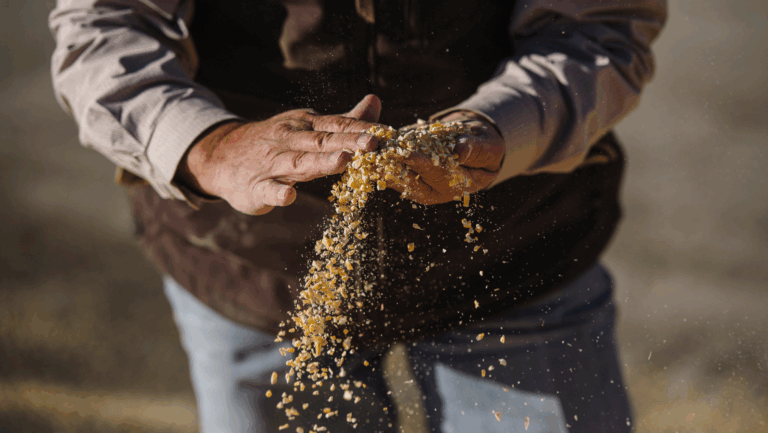How Farm Finances Have Changed in 2020
Shifts in the Economic Landscape and Farmer Sentiment
At the start of 2020, sentiment among American farmers was generally optimistic. The first phase of the U.S.-China trade agreement was underway with the U.S.-Mexico-Canada agreement right behind it. Farmer sentiment reached a record high in February and Secretary Perdue stated that Market Facilitation Program (MFP) payments would likely not be needed this year.
Then a global pandemic came along and flipped those projections upside down.
Commodity prices experienced fluctuation across the board–some sectors hit harder than other–as businesses closed and people stayed home. Supply chain disruptions reverberated through the agriculture industry and farmer sentiment declined by more than 40 percent between March and April. While it rebounded in July due most in part to federal relief, farmer sentiment remains 30 percent below its February peak.
Although the COVID-19 pandemic has shifted the economic landscape that was originally predicted at the start of 2020, optimism is slowly beginning to return as farmers reassess the financial structure of their operations and adjust their business plans to compensate for factors that could drastically impact their profitability in 2020. The five major factors that farmers are monitoring include,
- Farm labor shortages;
- Strained global trade;
- Food supply chain disruptions;
- Decline in farm income; and
- Limited government aid.
How Farmers are Moving Forward
American farmers and ranchers are proving their resiliency yet again and finding innovative ways to continue feeding the American people. To account for financial factors that have changed the economic landscape of 2020, farmers and ranchers are adjusting their financial strategies in two notable ways.
Taking a Conservative Approach
The general consensus among American farmers is that now is not the time for drastic change. The essential nature of the industry indicates a strong rebound potential that we have already begun to see as we reach the end of the second quarter of 2020. Now is not the time for big expenditures, but rather conservative action and preparation. Having cash on hand to stay operational is crucial in times of economic upheaval.
“Cash is king right now. Look at your balance sheet and if you don’t have what you feel like is enough potential working capital, talk to your lender about your line of credit. Think ahead rather than wait until the last minute and hope. Plan for it, right now. Farmers have to have cash on hand and available credit to weather the storm.”
Brian Philpot, CEO of AgAmerica Lending.
Focusing on the Needs of American Consumers
The uncertainty in global trade and border closures is causing many farmers and ranchers to focus their efforts internally. The renewed appreciation for agriculture across the country has also ignited a cultural movement to support American-grown products in local areas. Community-supported agriculture programs are thriving and farmers are connecting directly to consumers now more than ever before.
Learn How Farmers are Driving Direct-to-Consumer Sales
When Farmers Thrive, We All Do.
“Our job is to provide financial support to farmers across the country so that they can focus on what’s really important–feeding our nation. We are proud to be at the forefront of agricultural advocacy, working to continuously expand our offerings in order to help farmers achieve success.”
Brian Philpot, CEO of AgAmerica Lending.
At AgAmerica Lending, we strive to be more than an agricultural land lender. We are committed to providing valuable resources that go beyond farm loans to support your success. Visit our digital library of free farm and ranch management resources to learn more about influential topics within the industry.
If you would like to discuss your financial strategy for the upcoming year with a financial lender committed to the success of American agriculture, contact one of our Relationship Managers today.







